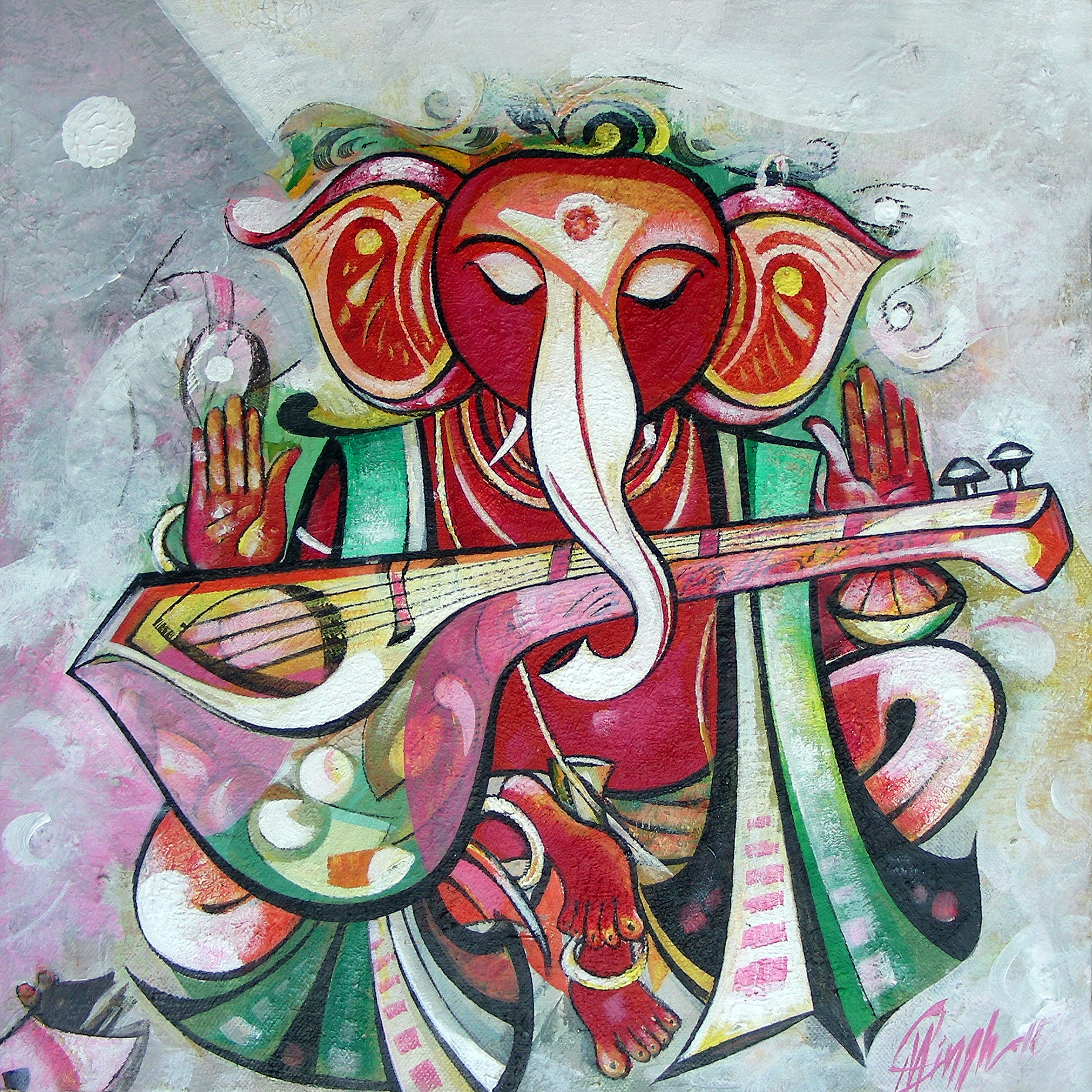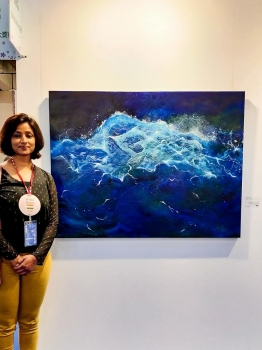
“The first hope of a painter who feels hopeful about painting is the hope that the painting will move, that it will live outside its frame.”
These words of famous American novelist, Gertrude Stein echoes the thoughts of an art lover for whom a painting is a passage that transcends the world of ordinary. This passage takes an art lover to an unparalleled world of creativity and imagination. One such genre of art that is capable of transcending the world of mere appearances is figurative art.
What is figurative art?
For ages, one of the goals of artists has been to realistic represent the world on canvases or through sculptures. In ancient times, the art genre that dealt with realistic representation of humans and surrounding environment was called mimesis and nowadays, it is called figurative art. Thus, figurative art is a form of art that has strong association with the real world, especially with the human figure.
Since the arrival of abstract art, the term ‘figurative art’/‘figurative paintings’ has been frequently used to refer to works of artists who have retained aspects and traits of the real world as their subject matter. Retrospectively, the term, figurative art, also refers to all art that was created before abstract art.
Modern figurative art is considered different from modern realism as modern figurative artists use modern idioms, while modern realists employ the styles that predated post-impressionism. Modern figurative art is somewhat similar to the general trend of expressionism that can be tracked through the dawn of the twentieth century and on. Pablo Picasso and Alberto Giacometti are two great exemplars of modern figurative paintings and figurative sculptor respectively. Figuration can be traced through the works of eminent artists like Francis Bacon and Lucian Freud, and through pop art, new-expressionism and even new spirit painting.
Figurative Art in the Early Twentieth Century
The early twentieth century saw a decline in figurative paintings. Although, the arrival of camera and its immense popularity are held responsible for the desertion of figures in paintings, the real reason behind it had more to do with the experimental, expressive, and unconventional urges of artists. The group of painters who later came to be known as the Impressionists was the first of the lot who let the figure fade and gave importance to surface effects. It is important to note that the term ‘Impressionism’ was first used to criticize the works of these artists because their paintings only had a mere impression of the tangible things being depicted and did not depicted them precisely.
Although, human figures did not have significant presence in the twentieth century art that it had in earlier times, it has been of chief importance to two genres of styles - Social Realism and Expressionism. While social realists experimented with figures in their attempt to precisely depict contemporary communal life, expressionists deployed the human figure at the centre of a style dedicated to celebrate human longings and concerns.
Figurative Art during Abstract Expressionism
The absence of figuration in Abstract Expressionism is archetypal of the post-war period, when aversion for leftist politics battered the place of social realism, and world war quivered the humanism at the core of the Expressionist style. Only a few realists, except Andrew Wyeth, gained popularity in this period.
Though, the works created by many Abstract Expressionists are indeed abstract in nature, but some artists reintroduced human figures in paintings. Willem de Kooning, the eminent artist who is best known for his series of paintings based on women started working on the series in early 1950s. For de Kooning, the use of figures was crucial to depict the history of Western art. His example would have been hugely significant, but as colored abstraction gained more and more popularity and patronage support in the 1950s, de Kooning’s decision to go ahead with figurative paintings began to be positioned against him.
Figurative Art after Abstract Expressionism
The decline of Abstract Expressionism paved way for the resurrection of figurative paintings. It was in the 1960s when many artists, including Philip Guston, started returning to figuration.
With the revival of neo-figurative paintings in the 1990s, it won’t be an exaggeration to say that artists are once again focusing on the fundamentals of paintings. Figurative art has stood the test of times and like a phoenix has risen from its ashes. No doubt, figurative art is one genre that is here to stay.





















